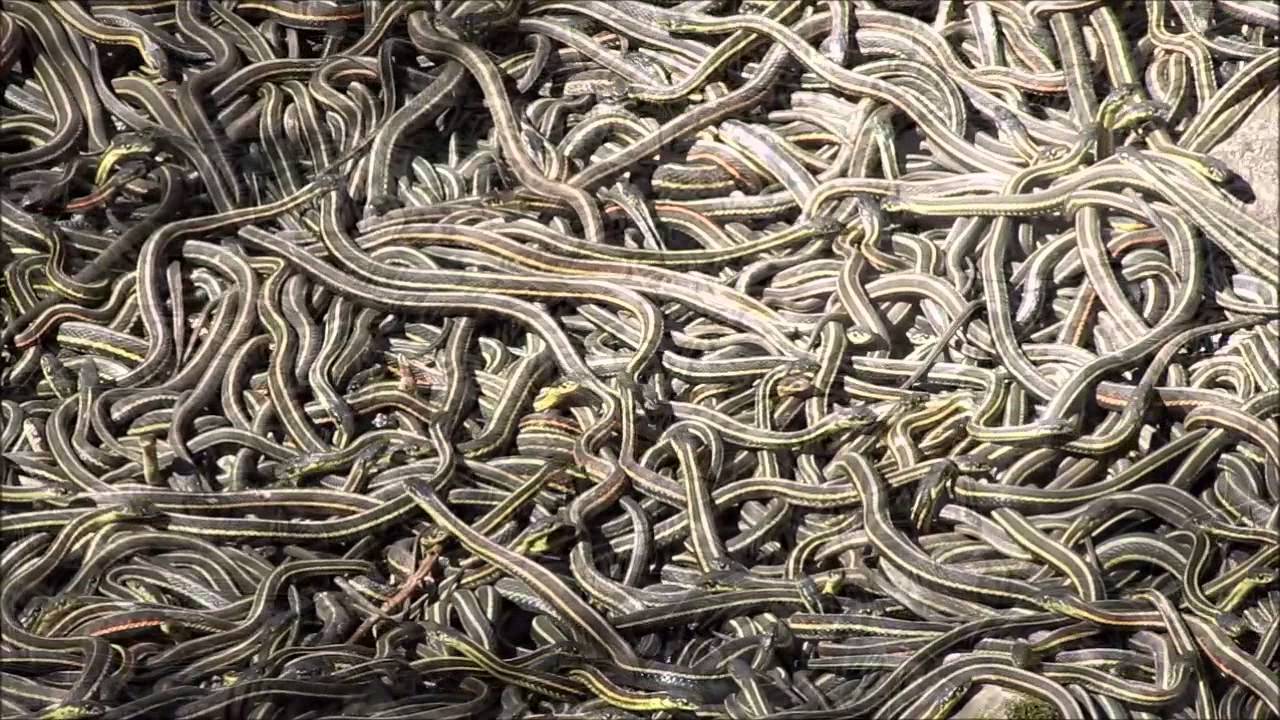A very fascinating event happens every year when visitors from around the world attend the unusual reptilian display in the remote hamlet of Narcisse in Manitoba, Canada. They get to see a slithering carpet of 75,000 snakes in a space the size of a room .
The event happened this weekend. Thousands of red-sided garter snakes have gradually awakened from an eight-month nap in their subterranean limestone lairs. They tumble about the craggy landscape in tangled knots with a singular focus: reproduction.
Over the winter, snakes seek shelter from below-freezing temperatures in limestone caverns in Manitoba’s Interlake region. They survive on stored fat, and when the weather gets warm, they surface. Happyho also provide best tarot reading services in Noida and Delhi NCR India area.
And the first thing on the snake’s agenda is sex. The males pour out of the dens first and wait for the females to slowly trickle out over the course of a few weeks.
In this sea of snakes, a female isn’t easy to find, even though she’s three to four times bigger. At times, the ratio of males to females is 10,000 to 1. It’s like trying to find a slightly bigger piece of spaghetti in a colander of spaghetti, and it’s moving. So the snakes use scent.
A female secretes pheromones from her skin, luring dozens to hundreds of males that try to court her by rubbing their chins along her back and flicking their tongues. She ultimately decides when she is ready to mate by a mysterious mechanism called cryptic female choice.
The closest male wins and leaves a stinky plug inside her that tells others to back off. She can wait a couple days for the plug to dissolve and mate with another snake, or she can slither off into the swamps to feed and give live birth to her babies in August.
By June, there are no snakes at the dens, but they all return in September — except the babies. Of the 250,000 snakes born each summer, not one can be found in the den that fall. For centuries, some thought they stuck out the winter in giant ant hills, and some believe the creatures freeze and come back to life like wood frogs.






